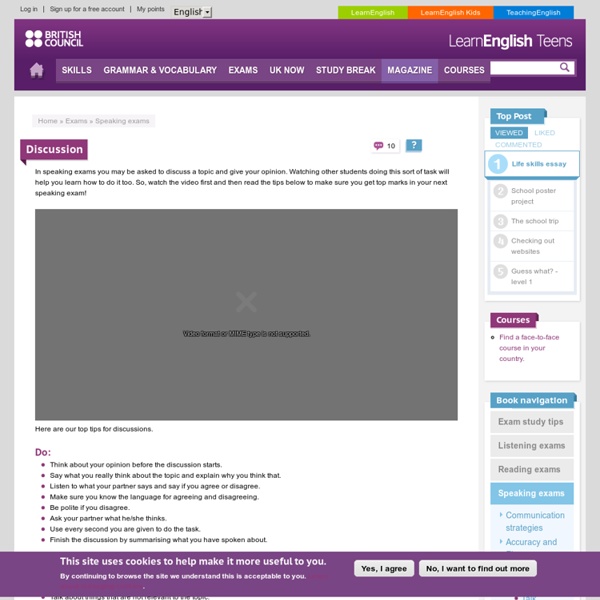Tell a story or personal anecdote
Examiner: OK, Kelvin, so I’d like you to tell us a short personal story. Here are the topics. Please take one. Kelvin: Tell me about a great surprise you had. Examiner: OK? Examiner: OK, Kelvin, you can start when you’re ready. Kelvin: OK. Examiner: Yeah, what a great surprise! Kelvin: Actually, no, because they hadn’t mentioned anything about my birthday before the match, so I hadn’t expected they would do this. Examiner: OK. Examiner: OK, Melissa, so now I’d like you to tell us a short personal story or anecdote and here are the topics. Melissa: OK. Examiner: What have you got? Melissa: Tell me about a time when you surprised someone. Examiner: OK, great. Examiner: OK? Examiner: OK, so you can start when you’re ready. Melissa: It was my best friend’s birthday and I decided to give her a surprise since we have been good friends since Form 3. Examiner: All right, what a great story! Melissa: Yeah. Examiner: OK. Examiner: OK.
Oral presentation
Melissa: Hi, everyone! Today I would like to talk about how to become the most popular teen in school. Firstly, I think getting good academic results is the first factor to make you become popular since, having a good academic result, your teacher will award you in front of your schoolmates. Then, your schoolmates will know who you are and maybe they would like to get to know you because they want to learn something good from you. Secondly, I think participating in school clubs and student unions can help to make you become popular, since after participating in these school clubs or student union, people will know who you are and it can help you to make friends all around the school, no matter senior forms or junior forms. In conclusion, I think to become the most popular teen in school we need to have good academic results and also participate in school clubs and student union. Kelvin: Good evening, everyone! But, should the government make it illegal?
Talk about yourself
Examiner: Hi. What’s your name? Kelvin: My name is Kelvin. Examiner: Kelvin, OK. Kelvin: I think I like economics most because I can study different kinds of demand and supply theory and I can use it in my daily life to observe the market. Examiner: OK. Kelvin: Actually, I don’t like physics too much because I need to calculate many difficult questions and all those mathematics words. Examiner: I see. Kelvin: Yeah, sure. Examiner: OK, and what would you like to study there? Kelvin: I think I would like to study something about business. Examiner: OK, that’s great. Melissa: My name is Melissa. Examiner: Melissa? Melissa: Yeah. Examiner: Hi, Melissa. Melissa: I’ve got no sisters and brothers. Examiner: And your dog? Melissa: Yeah! Examiner: Great. Melissa: I like mathematics the most because I think it’s satisfying to calculate the solution. Examiner: OK. Melissa: And English, I think, because it’s fun to learn a language. Examiner: Great, OK. Examiner: Sure, OK. Examiner: OK, that’s great.
All about me-lesson plan
All about me Submitted by admin on 11 January, 2012 - 15:03 This lesson provides students with a live listening on the topic of the teacher’s personal interests and opinions. The students then use this as a model to chat about similar topics with their classmates using basic tenses and a variety of structures. Topic: Personal interests, likes and dislikes Age: Teenage/adult Level: A2/B1 Timing: 60-90 mins Aims: To help students focus on fluency when speakingTo develop students’ communication skillsTo develop students’ listening skills Plan components Lesson plan: guide for teacher on procedure. Download lesson plan 94k pdf Worksheets: worksheets which can be printed out for use in class. worksheet 1 - questions for interviewworksheet 2 - notes from interview Download worksheets 55k pdf By Sally Trowbridge The plans and worksheets are downloadable and in pdf format - right click on the attachment below and save it on your computer.



